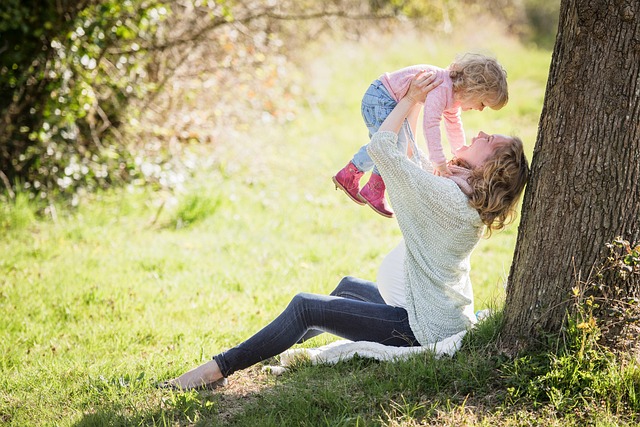In the realm of autism, social preferences vary widely, as illustrated by the experiences of two sisters, Lily and Mia, who are both on the autism spectrum but exhibit contrasting social behaviors.
Lily’s Experience
Lily, who was diagnosed later, often faced misconceptions about her personality, being labeled as “just shy” or “serious.” She has always found large gatherings overwhelming and takes considerable time to adjust to new people. This introverted nature does not hinder her from forming deep connections; rather, it makes her affectionate moments all the more precious. I recall a time when a classmate wanted to hold her hand during a song in kindergarten. Lily expressed her discomfort, explaining, “I don’t know her well enough to be touched.” This straightforward response highlighted her need for familiarity in social interactions.
Mia’s Experience
Conversely, Mia presents a starkly different profile. Prior to her diagnosis of ASD, I was frequently informed that her sociability precluded the possibility of autism. Mia thrives in social settings, often approaching strangers at public places like libraries to request storytime. She is warm and affectionate, quickly making friends and earning the affection of many for her engaging personality.
Challenging Stereotypes
The contrasting social tendencies of these two sisters challenge the stereotype that individuals on the spectrum must fit a particular mold. It’s essential to recognize that being introverted or extroverted is not indicative of autism. Much like handedness, social disposition is simply a facet of individuality. While Lily grapples with the complexities of social nuance, Mia is still learning the boundaries of personal space and appropriate social interactions.
Navigating Social Situations
Neurotypical individuals often navigate social situations instinctively, but for many on the spectrum, these interactions can be daunting. Tasks such as offering comfort to someone in distress or responding to compliments may require significant effort and forethought.
Teaching Social Skills
Teaching effective social skills can be a nuanced endeavor. For Lily, “comic strip conversations” have proven beneficial, breaking down social scenarios to foster empathy. Resources like specialized books also simplify concepts, equipping her with practical tools for various situations. With Mia, we focus on recognizing emotions and understanding how our words impact others. Engaging content, like episodes from Daniel Tiger’s Neighborhood, serves as excellent social stories that address everyday challenges and feelings. We also utilize hula hoops as a visual aid for personal space, particularly useful when dining outdoors.
Conclusion
Ultimately, definitions of autism should not be confined to labels of shyness or outgoingness. Individuals on the spectrum can embody both traits, and it’s vital to dispel the myths surrounding autism. Both Lily and Mia are unique in their own right, and their experiences enrich our understanding of the spectrum.
For additional insights on family-building options, explore resources at Resolve. Moreover, if you are interested in enhancing fertility, you might find this fertility booster for men article helpful. For those considering at-home insemination, the Cryobaby at-home insemination kit provides authoritative guidance.
In summary, autism encompasses a diverse range of social behaviors and preferences, reminding us that each individual is unique. Understanding and supporting these differences is crucial for fostering meaningful connections.
Keyphrase: autism and social behavior
Tags: [“home insemination kit” “home insemination syringe” “self insemination”]
